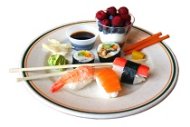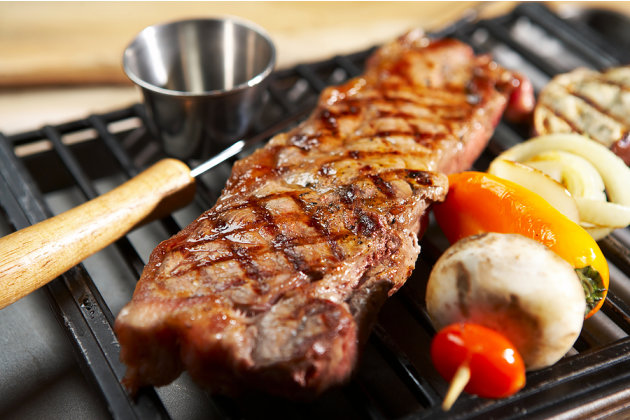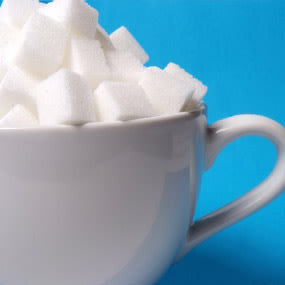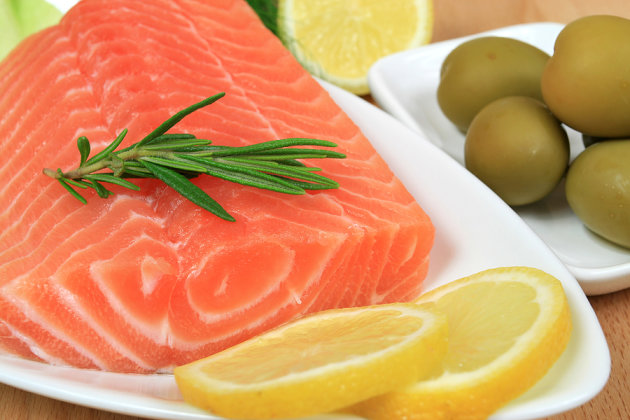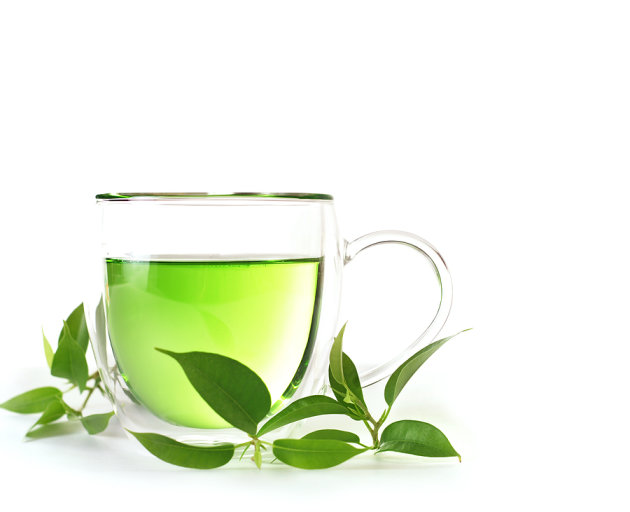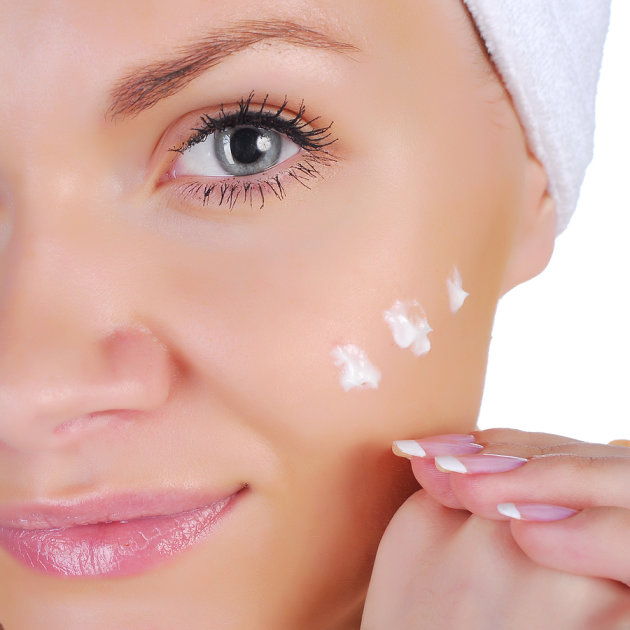Snack on nuts, drizzle a little olive oil, grab an apple, dine on fish, bite a chocolate. All these foods can help you lower your cholesterol.
What is cholesterol?
Cholesterol is a waxy, fat-like substance that is made by the liver. It is a part of every cell in the body and serves many vital functions. However, sometimes our bodies make more cholesterol than we need, and this excess cholesterol circulates in the bloodstream. High levels of cholesterol in the blood can clog blood vessels and increase the risk for heart disease and stroke.
Top foods to lower cholesterol:
- Oats: Oats, the sturdy breakfast food is not only a fine way to start the day, but it can also really bring down your bad LDL cholesterol levels without lowering your good cholesterol. It is rich in soluble fibre (beta-glucan), a type of fibre, which helps lower LDL. Soluble fibre appears to reduce the absorption of cholesterol in your intestines.
- Fish: Fish are one of the foods that will help lower your cholesterol because they have a high concentration of Omega-3 fatty acids. ‘Fatty’ fish like salmon, lake trout and herring are the best for lowering your cholesterol. Two servings of fish a week will make a huge difference on your cholesterol levels.
- Beans: Researchers at Arizona State University Polytechnic found that adding ½ a cup of beans to soup lowers total cholesterol, including LDL, by up to 8%. All thanks to the high fibre levels in this veggie, which slows the rate and amount of absorption of cholesterol in certain foods. So, try black, kidney, or pinto beans; each supplies about one-third of your day’s fibre needs.
- Garlic: Apart from adding that extra zing to any dish, garlic has been found to be highly effective in lowering cholesterol, preventing blood clots and keeping blood pressure under check, and offering protection against infections. Pop 2 to 4 fresh cloves daily and reap its benefits.
- Nuts: Certain nuts like almonds, walnuts, hazelnuts, pecans, and pistachios deserve an honoured spot in the kitchen of every healthy eater. They contain omega-3 fatty acids. They’re also a source of fibre and vitamin-E.
- Soya: A number of studies show that soy protein may lower ‘bad’ LDL cholesterol and triglycerides without lowering ‘good’ HDL cholesterol. Soya products are high in protein and fibre, and low in saturated fat, which are additional plusses to this heart-healthy food.
- Olive oil: Olive oil contains a mix of antioxidants that can lower LDL cholesterol without affecting HDL cholesterol level. The Food and Drug Administration, USA recommends using about 2 tablespoons (about 23 grams) of olive oil a day to get its heart-healthy benefits. Some research suggests that the cholesterol-lowering effects of olive oil are even greater if you choose extra-virgin olive oil, meaning the oil is less processed and contains more heart-healthy antioxidants.
- Cinnamon: Plant compounds in cinnamon have been found to be effective in lowering cholesterol. The results of a study from 2003 in Pakistan showed lower levels of fasting glucose, triglycerides, LDL cholesterol and total cholesterol after 40 days of cinnamon use with levels continuing to drop for 20 days after that.
- Apple: Eating an apple or two each day may reduce heart disease risk factors, a new study shows. Apples are rich in fibre, which assists in improving our digestive system function. It’s also rich in polyphenols which stimulate metabolism and fat breakdown in the blood, thereby considerably reducing the risks of cardiovascular diseases like stroke or heart attack.
- Blueberries: Pterostilbene — the fat-fighting compound in blueberries is responsible for regulating lipids and cholesterol in the bloodstream. Antioxidants in blueberries have been found to lower bad cholesterol and improve cholesterol health in several notable studies.
- Cranberries: Cranberries are rich sources of anthocyanins, flavonols, and proanthocyanidins, plant chemicals that prevent LDL cholesterol from oxidising, a process that makes it more likely to stick to your artery walls. These chemicals also keep red blood cells from getting too sticky. An added bonus: They initiate a complex chemical reaction that helps blood vessels relax. Plus, they decrease LDL cholesterol and increase HDL.
- Flaxseeds: Flaxseed oil contains the essential fatty-acid alpha linolenic acid, and whole flaxseed provides fibre and other health-boosting compounds that may contribute to lowering cholesterol and decreasing cardiovascular health risks.
- Chocolate: The powerful antioxidant in chocolate helps build HDL cholesterol levels. Remember to choose the dark or bittersweet kind. Compared to milk chocolate, it has more than 3 times as many antioxidants, which prevent blood platelets from sticking together and may even keep arteries unclogged.
- Brown rice: Higher intakes of whole grains such as brown rice are associated with a lower risk of heart disease and stroke. One cup of cooked brown rice has 4gms of dietary fibre, which is 14% of the recommended daily value based on a 2,000-calorie-a-day diet. This source of insoluble fibre lowers cholesterol and decreases your chance of heart disease and may also help slow its progression.
